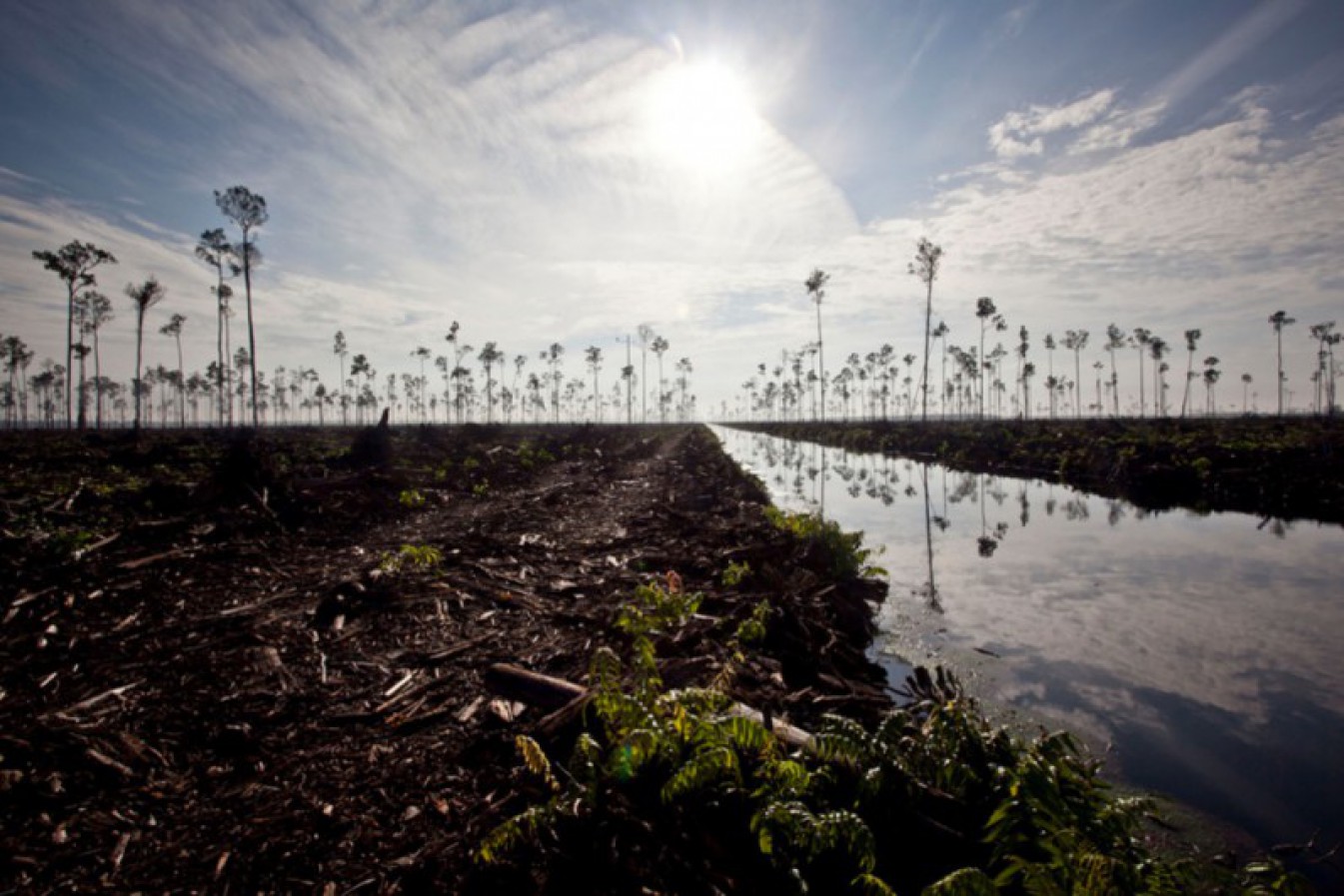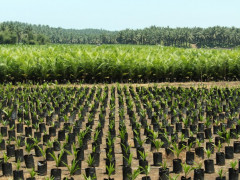The Integration of Social and Ecological Aspects in Peatland Utilization
By PantauGambutSenepis Peat Forest Destroyed, Drought Hit Jumrah Village
Almost every day, Edi Wardo (29) fishes in the ditch in front of his house. He also put fish traps in the 2-meter wide ditch. Children play and bathe in the ditch because the water is clean and there are lots of fish such as mudfish and slender walking catfish.
“In the past, I used to fish every day. Put the traps there too. There was a lot of fish," said Edi when we met him in early November 2018.
There were so many fish in the peat water ditch that when he put the traps in the afternoon, he could get 4-5 kilograms of fish in the morning. The fish were consumed by local residents as a source of protein.
However, the joy from the abundance of water sources in Jumrah Village, Rokan Hilir District, Riau is now just a memory. Now, the fish are gone. The villagers even have to buy water for washing their feet from outside the village.
When the author visited Jumrah Village recently, the ditch was dry. There were some puddles but they were full of mud. There were only ducks dipping their beaks into the mud to find food.
The wooden house owned by Edi's parents was built on stilts. Most houses in Jumrah are also built on stilts to anticipate flooding since Jumrah Village is located on the banks of Rokan River.
"Now, it's dry like this. There’s only mud everywhere. Nothing that can be used anymore,” said Edi, who is now working in Pekanbaru, 204 kilometers from Jumrah.
The drastic change is believed to be due to the destruction of the dense swamp forest in Jumrah Village. In early 2011, an industrial forest plantation company, Ruas Utama Jaya (RUJ), started logging the trees based on the Annual Work Plan submitted to the Ministry of Forestry.
It's not that they never built wells as an alternative source of water. There is a six-meter deep well in the open-air bathroom but it also has the same fate as the ditch. There’s only mud in it.
Edi said that water was once abundant in his village but it slowly disappeared since the Senepis peat swamp forest was destroyed. He explained that the drought happened since the industrial forest plantation company (HTI), PT Ruas Utama Jaya, started their activities in 2007.
According to him, the trees were cut down and the peatlands were drained by making large canals. The canals are channeled into the river, thereby accelerating peat drainage. Peatlands should be wet but now the peatland in his village, which is located around the Senepis peat swamp forest, is dry.
“That was the beginning. The peatland used to be a swamp with lots of water. Now it gets burned during the dry season," he said.
Arifudin, a researcher at the Center for Disaster Studies, LPPM, Riau University, confirmed that deforestation of peatlands could have an impact on the water system in the area. Not only water management in the peat forest, but also in areas that have been benefiting from the retention of water in the forest, such as the surrounding villages.
“One kilogram of peat can hold or retain 90 kilograms of water (10 liters). So imagine how much water will be lost if the peat is degraded," said Arif.
Therefore, continued Arif, natural forests that have turned into plantations and drained peat must be rewetted immediately. The rewetting program introduced by the Peatland Restoration Agency must be carried out on a massive scale. The drought does not only occur in Jumrah Village but also in other villages around forests that have changed functions and when canals are built to drain the peat.




